- Empty cart.
- Continue Shopping
Vietnam Cherry
Original price was: ₹570.00.₹350.00Current price is: ₹350.00.
Genus : Prunus
The Vietnam Cherry Plant is a delightful addition to any garden or landscape. This ornamental fruit tree boasts beautiful clusters of vibrant red cherries that create a stunning visual display. The cherries are small, sweet, and packed with flavor, making them a delicious treat for snacking or incorporating into recipes. Whether you’re looking to enhance the aesthetics of your garden or enjoy the fruits of your labor, the Vietnam Cherry Plant is an excellent choice. It is relatively easy to grow, requiring well-drained soil and full sun to thrive. Bring the beauty and taste of Vietnam cherries to your garden today.
Vietnam Cherry, also known as Baccaurea ramiflora, is a fruit tree species native to Southeast Asia, particularly Vietnam, Thailand, and Malaysia. It belongs to the Phyllanthaceae family and is grown primarily for its small, round, and juicy fruits.
The Vietnam Cherry plant is a medium-sized tree that can reach up to 20 meters in height. Its leaves are glossy and dark green, and its flowers are small and greenish-yellow. The fruits of the Vietnam Cherry plant are usually 2-3 centimeters in diameter and have a thin, smooth, and slightly tart skin that ranges in color from pale yellow to bright red. The flesh of the fruit is translucent, juicy, and contains several small seeds.
Vietnam Cherry is consumed as a fresh fruit, and its pulp is often used to make juices, jams, and jellies. The fruit is also used in traditional medicine to treat various ailments, including diarrhea, fever, and inflammation. Its bark and leaves are also used in traditional medicine to treat various skin conditions.
The Vietnam Cherry plant is easy to cultivate and is grown in various parts of the world, including South and Southeast Asia, Africa, and the Pacific Islands. It prefers a warm and humid climate and is tolerant of a wide range of soil types. The plant requires regular watering and can be propagated from seeds or cuttings.
The Vietnam Cherry plant is an important source of food and income for many small-scale farmers in Southeast Asia. The fruit is also gaining popularity in the global market due to its unique taste and health benefits. It is rich in vitamins, minerals, and antioxidants and has been shown to have anti-inflammatory and anti-cancer properties

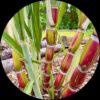
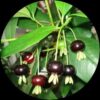
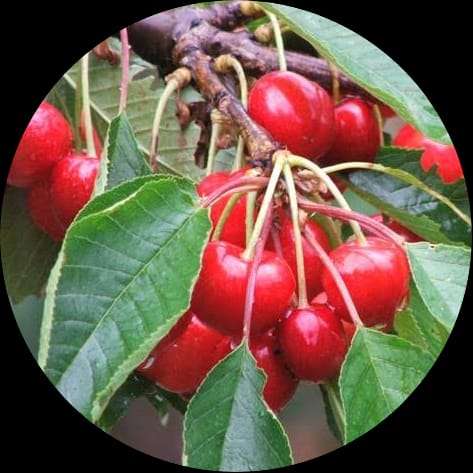
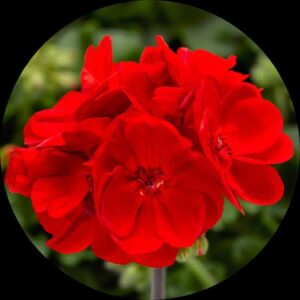
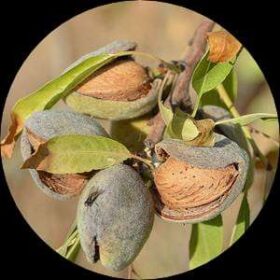
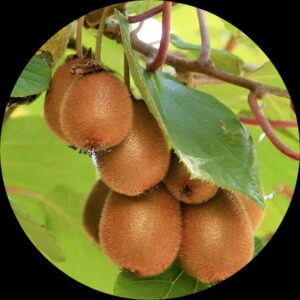
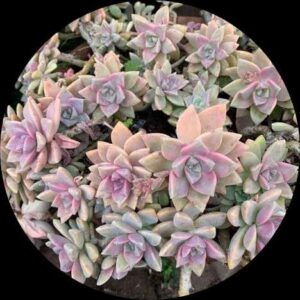
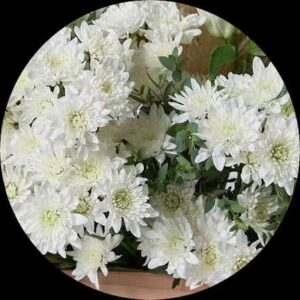

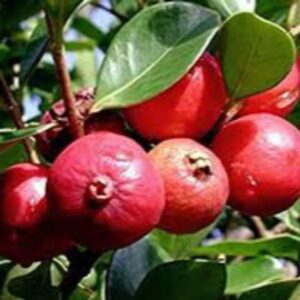
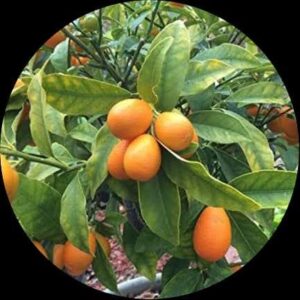
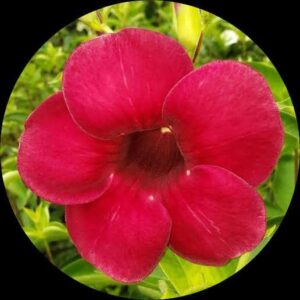
Reviews
There are no reviews yet.